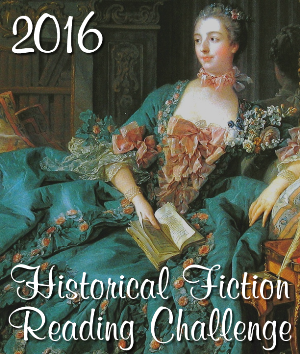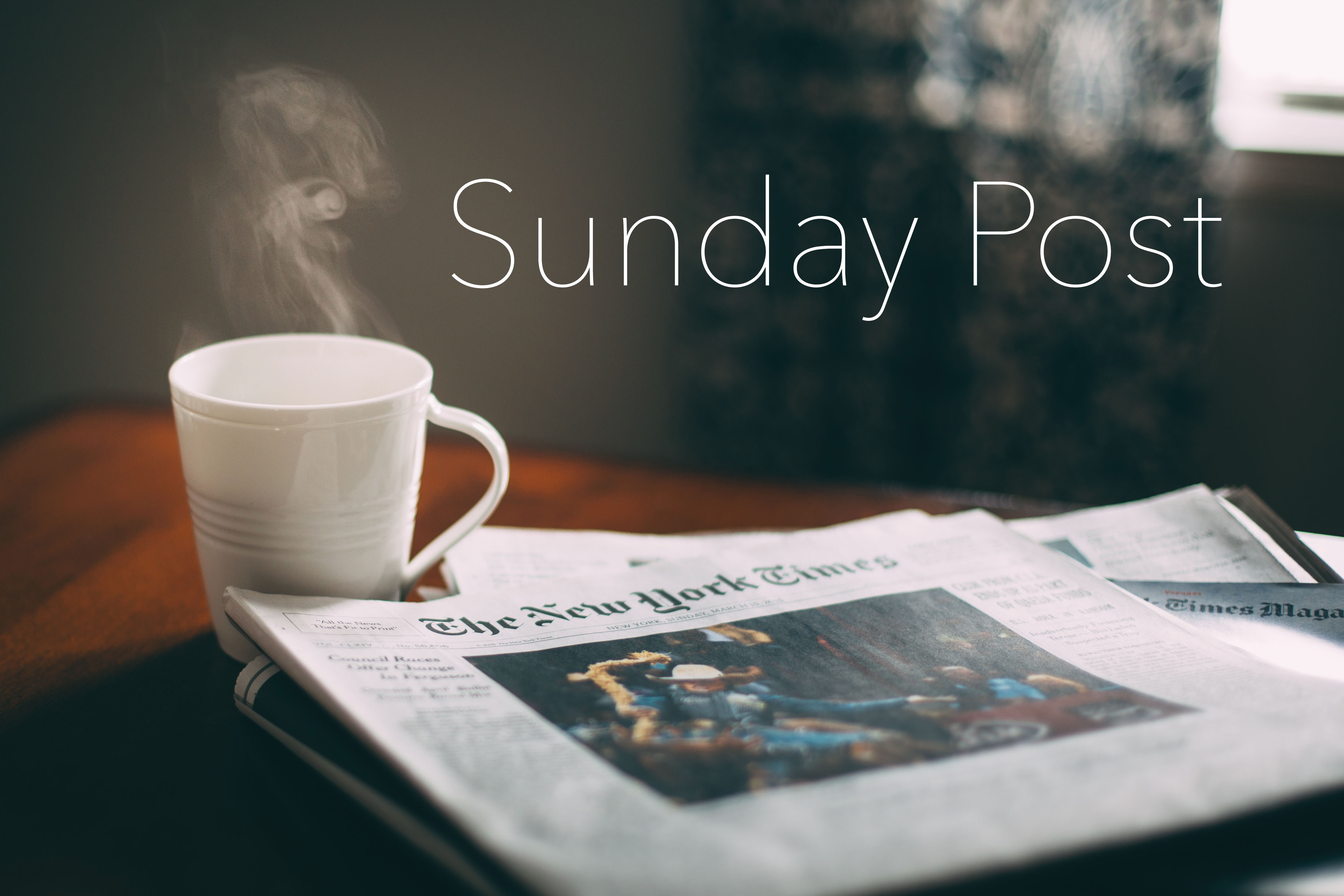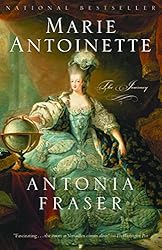
Fifteen-year-old Anna steals her stepmother’s credit card and buys a plane ticket to Los Angeles with the vague notion of visiting her sister, who is trying to make it as an actress. As the story unfolds, it is clear Anna is running from a fairly dysfunctional family. She feels sidelined and ignored by both her mother and her father, and her best friend Doon talked her into bullying a classmate of Doon’s. Anna’s mother agrees to let Anna stay in Los Angeles for the summer, but she needs to work to earn back the money to repay her stepmother. Delia, Anna’s sister, manages to find Anna a job researching the Manson Family for creepy film director Roger, Delia ex-boyfriend. Meanwhile, Delia also arranges for Anna to stay with Delia’s current boyfriend Dex on the set of the TV show for which he writes, Chips Ahoy, a ridiculous and terrible show starring the Taylor twins, Josh and Jeremy, the younger brothers of washed-up superstar actress and pop singer, Olivia Taylor. Anna spends her summer hanging around the D-list, immersing herself in the history of the Manson Family, and becoming increasingly intrigued by the Manson “girls,” Leslie Van Houten, Patricia Krenwinkle, Susan Atkins, and Squeaky Fromme. Ultimately, what this book really explores is the way in which American society crushes its girls and women, particularly in Los Angeles, where “pretty winds up looking like a hundred girls who look like a hundred other girls who are all trying to look like the same person,” and “after a while, pretty doesn’t even register” (263).
This is an interesting book, and not only because it’s probably the first YA novel I’ve ever seen to explore the Manson Family. Anna’s voice is whipsmart and sarcastic. She has a chip on her shoulder, but she has pretty good reasons. Even with its sometimes dark subject matter, there is plenty of humor in this book, courtesy of the strong first-person narration of Anna. She is realistically drawn and easy to sympathize with. The book skewers the Disney child-star road to ruination quite effectively. We should all be praying for those kids with Disney shows. Olivia Taylor is clearly similar to Miley Cyrus/Britney Spears, and the Taylor twins (and even their TV show) make one think of Dylan and Cole Sprouse, whose TV show The Suite Life on Deck sounds remarkably similar to Chips Ahoy. Though it should be said, the real-life Sprouse twins don’t seem to have as many issues as the Taylor twins, and they have even taken time away from Hollywood to go to college. Olivia, Josh, and Jeremy’s mother could be Pamela Des Barres or Bebe Buell—she was a groupie whose children are the results of relationships with rock stars. Perhaps it’s not a coincidence that Olivia Taylor’s name is so similar to that of Liv Tyler, the daughter of Aerosmith singer Steven Tyler and groupie Bebe Buell.
One thing the book captures really well is the disposable way in which young women in Southern California are treated. I lived there for a few years when I was in high school, and if there is any place in the country that is the absolute worst for sexualizing teenage girls and taking their identities away and replacing them with these plastic veneers—all facelifts, capped teeth, and anorexia—I can’t think of one. One scene stands out vividly in my mind. I was in marching band, and the girls in the flag corps were running some drills or practicing or maybe getting ready—that part is actually fuzzy—but I clearly remember their coach saying, “Be sexy! Be sexy!” They were fifteen and sixteen. I could tell you about worse, but I don’t really want to put it on a blog. Suffice it to say I don’t think teenage girls grow up in Southern California unscathed. This book really exposes what it’s like. A couple of passages that particularly resonated:
But If I had to write a memo to America, on what to do to improve the future, on how to go back and correct the past, it would be simple: Dear America: Please give your daughters sturdy bedroom doors that lock from the inside. And when they are hungry, give them a place at the table. (262)
Later, Anna connects her understanding of what she has seen in Los Angeles to the American Dream of Jay Gatsby:
Maybe Los Angeles was like Gatsby’s dream of Daisy, but for all of America. Instead of sitting on a pier and gazing at a green light across the water, now people just sat in their living rooms and watched the wide-screen, 3-D version of some life that was out there for the taking, if only they could get off the couch. (284)
Anna thinks a great deal about the Manson girls and what led them to follow Charles Manson’s orders to kill. Ultimately, her conclusions should make all of us shudder. I thought this book was different from most YA I have read, and I would highly recommend it. The gritty picture it paints of American girls will trouble you, but it’s all the more troubling that the picture is real.
Rating:




FTC Disclosure: I received this book for free at the NCTE annual convention. I was not asked to write a review in exchange.











